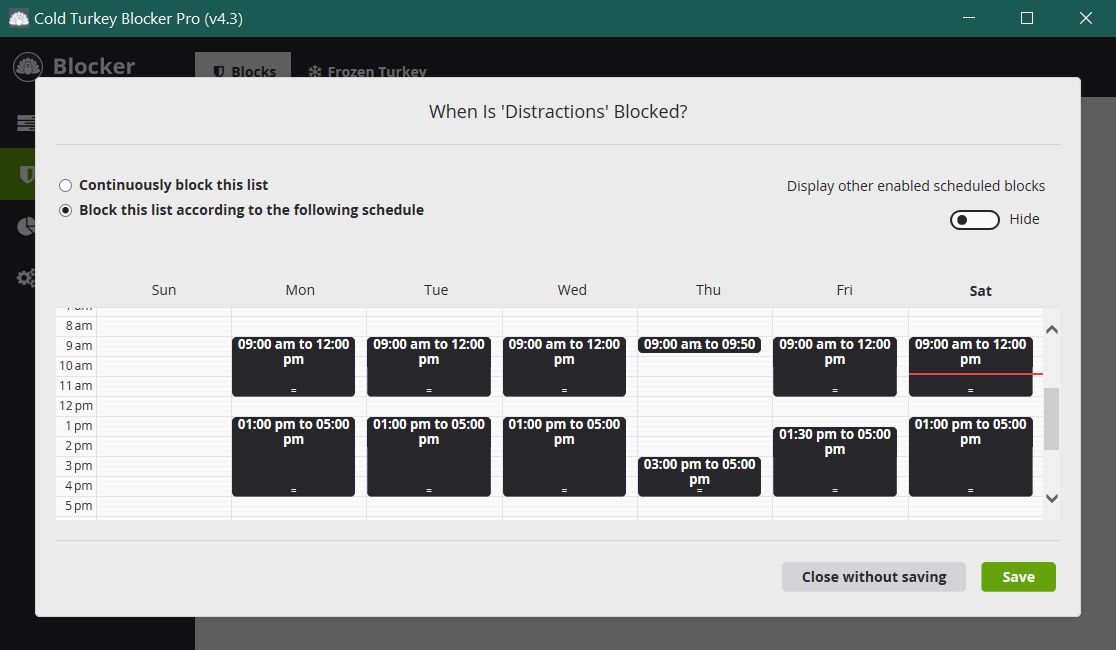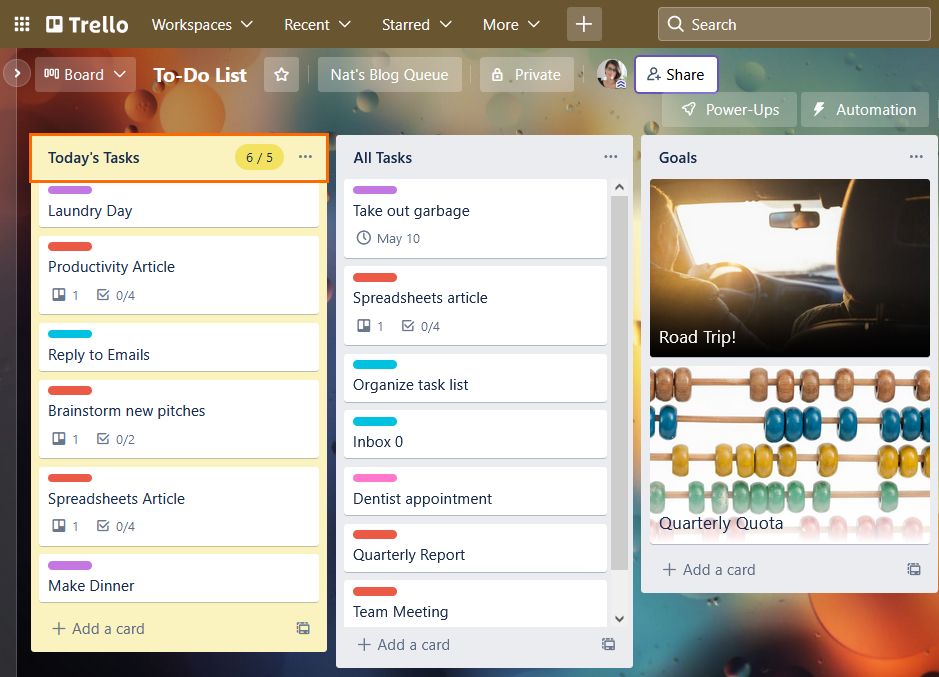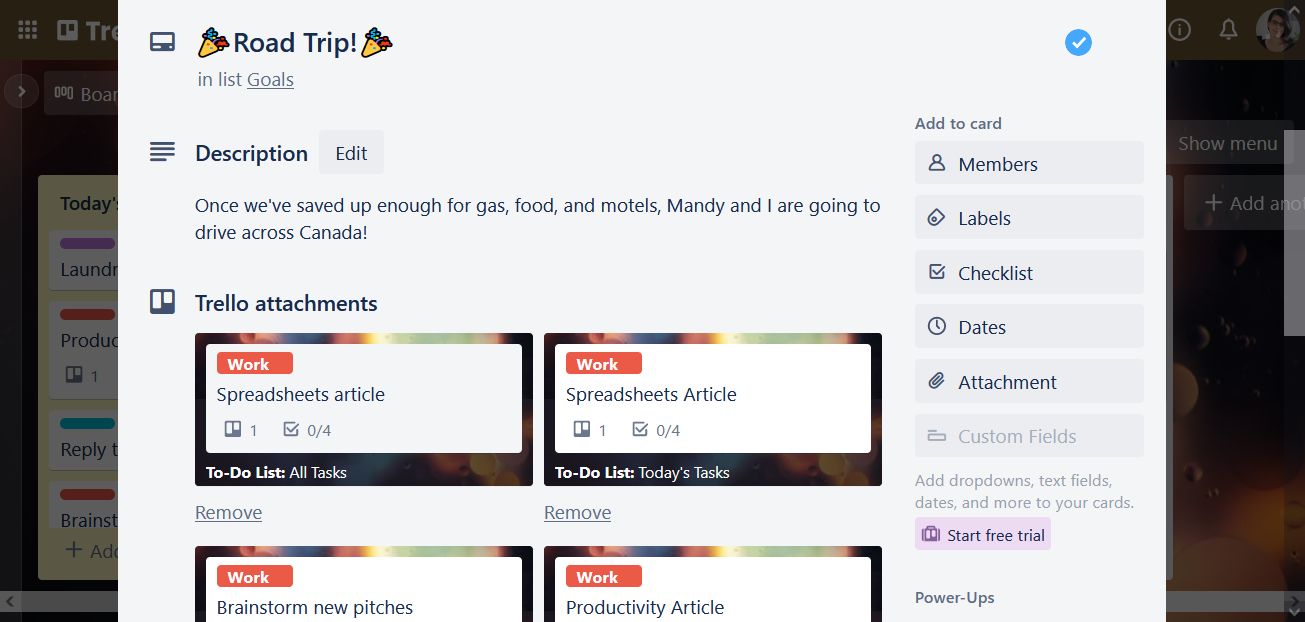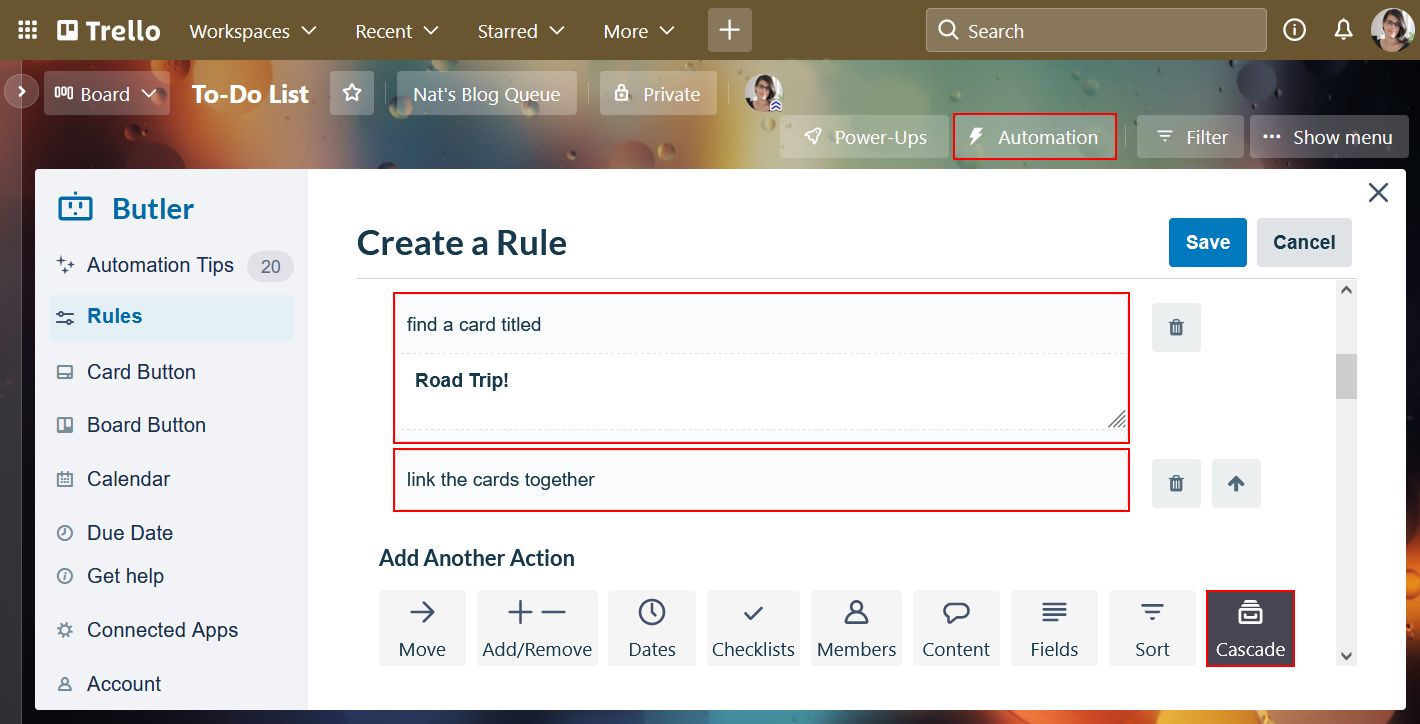It can be hard to be productive as a remote worker. Especially if you're not used to a self-directed workday. Too rigid a structure can be hard to maintain, but if it's too loose, it's easy to procrastinate.
Here's how to set a balanced, productive workday structure in three easy steps.
1. Define Your Work Hours
First, you should decide if you want to work on a schedule, or on a quota. On a schedule, you use time-blocking to decide which hours of the day you will work, and which you will rest.
On a quota, you decide how many hours per day you will work, but keep the actual timing flexible. It works better for jobs that cost fewer hours per day. It's not recommended if you struggle with procrastination. Once you've decided, use a strict app and website blocker to enforce your work time and avoid any distractions. By putting your interests off-limits, you can better focus on your work.
Cold Turkey Blocker offers various blocking modes. You can set scheduled blocks, or turn it on manually. It even offers Pomodoro settings. You can combine it with a strict mobile app-blocker, such as AppBlock.
Download: Cold Turkey Blocker for Windows and Mac (Free, premium version available)
Download: AppBlock for Android | iOS (Free, subscription available)
2. Create a Rolling Task List
An uncontrolled task list will destroy any workday structure. That's why we recommend using the Ivy Lee method. In this method, you set up your day with only five tasks. It doesn't matter how difficult the individual tasks are, your limit is five.
This limit makes sure you don't over-commit. It also helps you set good priorities. This is because you are making your task list every day instead of always carrying forward old tasks. This helps keep your workday from getting repetitive, as well.
To make sure you stick to the limit, use a to-do app that can enforce it. Trello uses a Kanban style, and works well for this. Use it with the List Limits Power-Up. This Power-Up applies a counter to a list, and applies a warning highlight when you pass the limit.
Download: Trello for Windows | Mac | Android | iOS (Free, subscriptions available)
3. Use Both Short and Long-Term Goals
Without something to work toward, it's easy to lose direction. Make sure you have both a big-picture ideal and short-term goals to celebrate along the way. The long-term goal is essential to remind you of what you're working toward. Day by day, you work toward the short-term goals to help you feel a sense of progress and accomplishment. This helps you stay motivated and energized.
On Trello, you can link some of each day's tasks to your goals. That way, you can see what each task contributes to. Do this by creating a Rule in the Automation menu.
- First, decide on a label that relates to the goal. The rule Trigger will be "When the [Color] "[Name]" label is added to a card."
- For the actions, use the Cascade tab and make sure you can see the Advanced options.
- Choose two actions: Find the goal card, and Link the cards together. This will automatically attach tagged tasks to the related goal.
Take Charge of Your Workday
With strict focus tools, smart task lists, and clear goals, you get a productive workday structure. You will likely need to experiment a bit to find out what works best for you.
You can super-charge these techniques with strong time management skills. Improving your time management helps you better control your time and get more done.





